It is basically a type of structural cell in prismatic format, capable of adapting to different shapes and sizes depending on the application: it can be used in cars, motorcycles, and even electric planes, thanks to its high energy density, specific power, and high thermal stability.
#C4V #LiSER Li-ion cell technology; 40-50% higher energy density, 5 x more power density than #LFP https://t.co/zqm5tmESP0
— Mike Millikin (@GreenCarCongres) January 28, 2022
"LiSER: a revolutionary advancement in Li-ion battery technology", as they state on their website, comes with the industry's first structural prismatic cell design, with a refrigeration circuit to facilitate operations over a wide range of temperature scenarios: from -40 to +194 F ( -40° to +90° Celsius), something that provides greater efficiency at low temperatures, but also compatibility with ultra-fast recharging. The modules come with a solid structural design that allows for a high level of mechanical stability. Design modularity allows the manufacturer to meet the needs of the market in both small-sized applications - kWh - and large installations, Mwh; with the additional advantage of operating without any danger of losses in power or energy density.
[Video] C4V – Liser Brings a Cobalt and Nickel Free Lithium-ion Battery Cell Technology Providing 40- 50 % Higher Energy Density#ShaileshUpreti@ChargeCCCV#CliffordOlinhttps://t.co/npzByuLfbx
— Batteries News (@BatteriesNews) January 28, 2022
It is a type of lithium-ion battery without cobalt or nickel, something that is essential in a scenario where for sure there will be more tension in the markets as regarding getting reasonable supplies of raw materials; in this case for a battery that in the first models will offer 228 Wh/kg of specific energy in the cell and 2000 kW/kg of specific power.

It is important to point out that one thing is the specific energy in the cell, and another thing is the specific energy in the battery pack. In this case, the designers have confirmed that in a structural battery configuration the loss would be small, leaving the figure at around 190 Wh/kg at the pack level (that is, a 38 Wh/kg loss). Again, a figure that places it at a fairly competitive level as compared to LFP, and which can also be compared to even some NCA or NMC models. The result is a type of cell 100% free of cobalt and nickel, which has between 40 and 50% more specific energy, and up to five times more specific power than LFP cells.
According to the information provided by C4V themselves, here is a short list of basic characteristics:
- Cobalt & Nickel free technology: LiSER brings a Cobalt and Nickel free lithium-ion battery cell technology providing 40- 50 % higher energy density and 5 times more power density than LFP.
- Cell to Chassis: LiSER enables freedom from Modules to deliver an Industry leading cell to chassis and cell to pack solution with superior performance metrics.
- Unique “Tab-less” prismatic design: LiSER is the first ever “Tab-less” prismatic design that delivers extra fast charge and higher power benefits.
- Embedded Thermal Management: built-in cell cooling loops enables LiSER to eliminate complicated thermal management systems thereby reducing the weight and energy consumption of the battery pack.
- Strong Inherent Safety: LiSER technology also includes exceptional safety characteristics due to C4V’s oxygen deficient patented BMLMP technology.
Another key feature will be the simplicity of its production: the volume utilization rate of a battery pack is improved by 30% over lithium iron phosphate, allowing it to be manufactured using high-speed processes capable of supporting ultra-fast, solvent-free coating manufacturing speeds of 100 meters/minute, which the company estimates will mean a cost reduction of around 30%.
Company CEO, Shailesh Upreti shared; "I am super excited to unveil our revolutionary cell technology LiSER today. This technology not only allows our BMLMP Chemistry to compete with Cobalt & Nickel based batteries at the pack level, but also enable Giga scale production to be more sustainable with our breakthrough high speed manufacturing processes. A leading cell to pack or cell to chassis design that can bridge the gap between energy density and power density in a very safe mechanism would allow us to cater to various market verticals with a single cell technology platform and we are super charged as our OEM partners start sharing their experiences with us".
The good news for Tesla is that this technology is now at hand in order to potentially improve even more – though not immediately, for obvious reasons - existing battery tech (LFP) used in Model Y, Model 3, Model X and S; in that regard, Tesla already proved many times in the past that it is capable of perfectly adapting to big technological changes – in fact, it basically leads the way, despite some top politician´s opinions – and certainly this is something they will seriously consider, no doubt.

C4V has not given any official dates or clues as to when volume production will begin, or whether they are already working with a manufacturer for future contracts; but within the company's own Roadmap it has been indicated that the first independent tests were carried out last year, and that 2025 will be the year of the start of mass production.
You can check more information about this on their webpage link.
All images courtesy of Tesla Inc.
Nico Caballero is the VP of Finance of Cogency Power, specializing in solar energy. He also holds a Diploma in Electric Cars from Delft University of Technology in the Netherlands, and enjoys doing research about Tesla and EV batteries. He can be reached at @NicoTorqueNews on Twitter. Nico covers Tesla and electric vehicle latest happenings at Torque News.



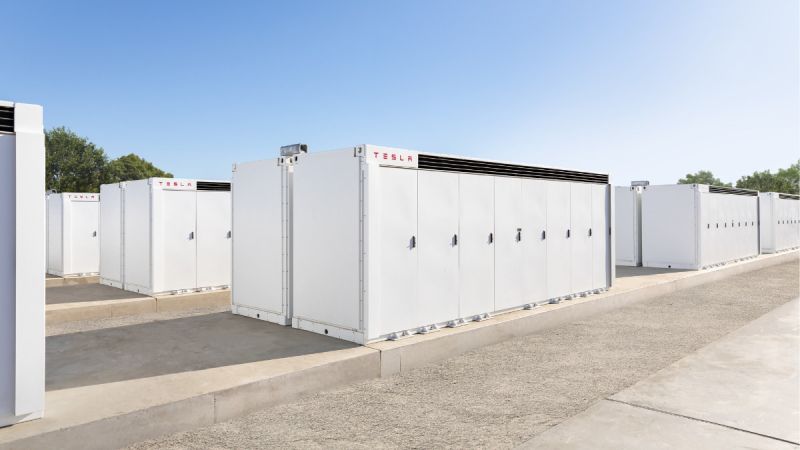




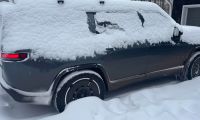
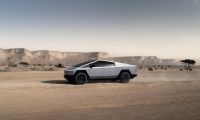
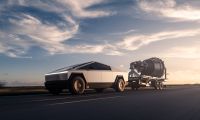
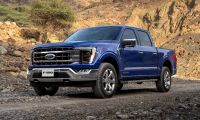
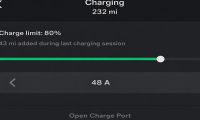
Comments
C4V are already producing
Permalink
C4V are already producing batteries in their own factory in New York - IM3NY. These batteries are already cobalt and Nickel free and will be full production by mid 2022.
Well noted, thank you. This
Permalink
Well noted, thank you. This is certainly good news